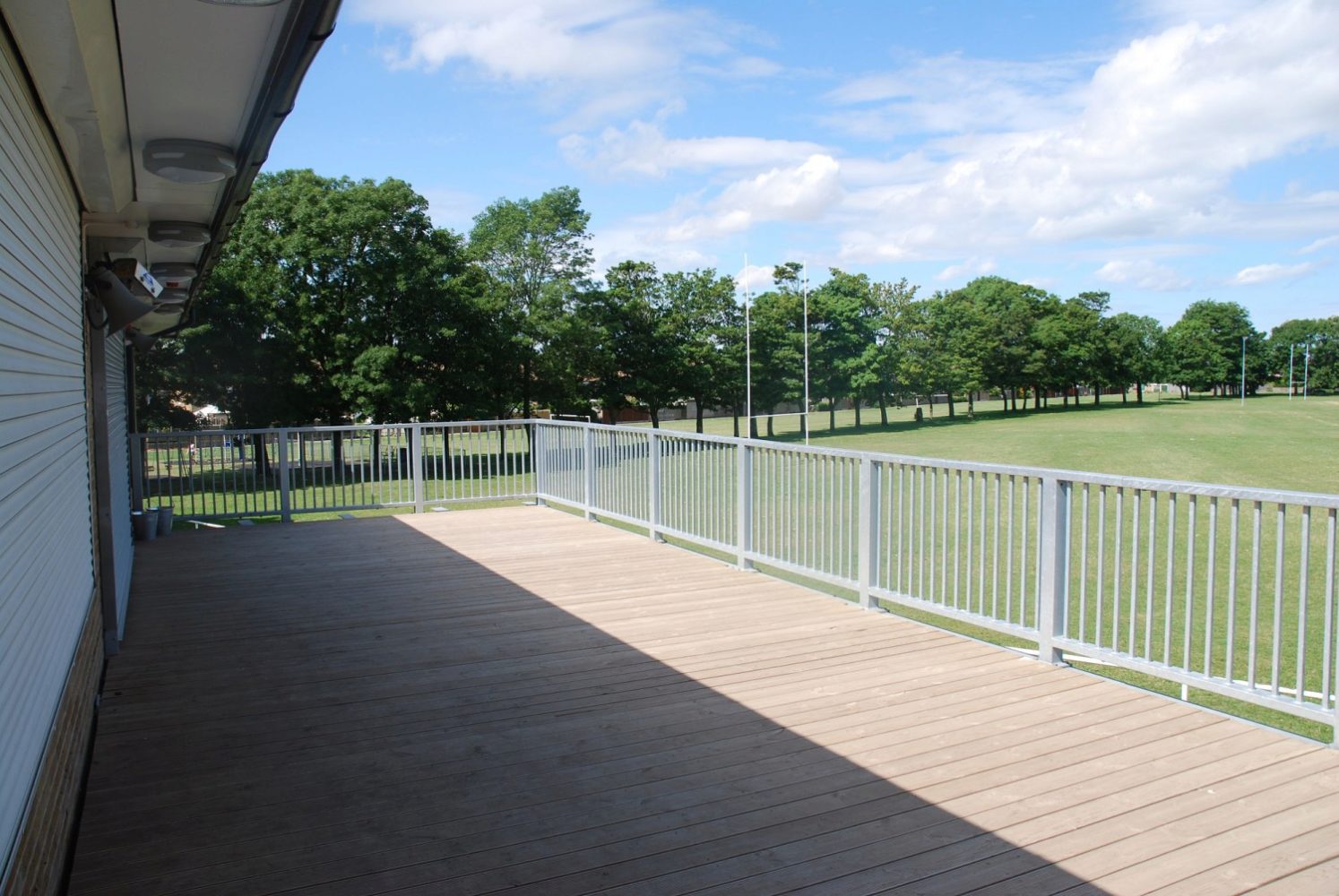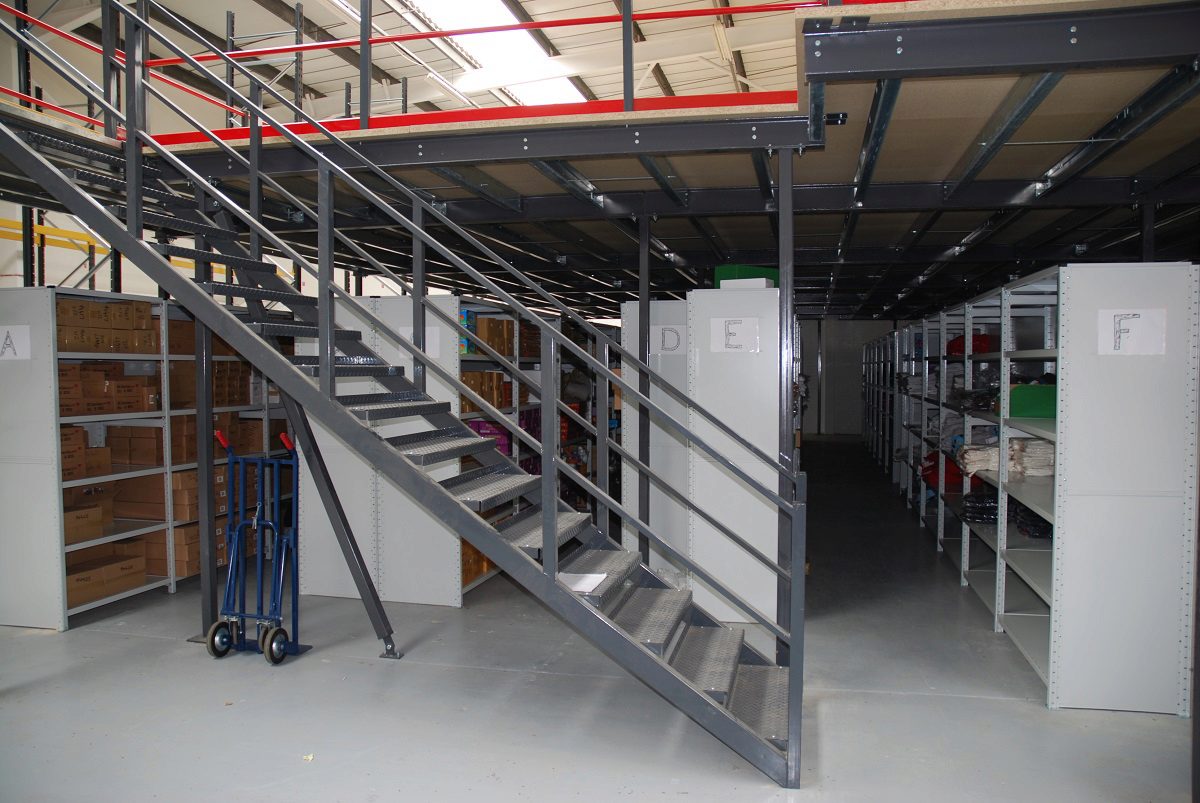For your information
You are being redirected to one of our divisional subsites which contains more detailed information on the required division. To navigate back to the main Invicta Group site, please click the link found in the footer at the bottom of the page.
- Systems
Systems
- Expertise
Expertise
-
Applications
- Archive Mezzanine Floors
- Art Gallery Mezzanine Floors
- Commercial Mezzanine Floors
- Data Centre Mezzanine Floors
- Factory Mezzanine Floors
- Laboratory Mezzanine Floors
- Mezzanine Floors For Manufacturer Storage
- Mezzanine Office Floors
- Outdoor Mezzanine Floors
- Production Mezzanine Floors
- Retail Mezzanine Floors
- Storage Mezzanine Floors
- Warehouse Mezzanine Floors
- Services
-
Applications
- Projects
- Insights
Insights
-
Articles
- How to elevate your retail business with a mezzanine floor
- 6 ways mezzanine floors can enhance your warehouse space
- UK mezzanine floor regulations: everything you need to know
- How to operate mezzanine floors safely
- How To Make The Most Of Your Startup Office Space
- 5 Things To Consider Before Starting Your Mezzanine Project
- Frequently Asked Questions
- A to Z of Terms
-
Articles
- Contact
Contact

UK +44 1843 220 256

US +1 305 328 9444

UAE +971 4 277 6225

Qatar +974 4441 4340

India +91 99 0355 9793

Malaysia +60 16 286 6225
- Start your project
How mezzanine floors can benefit ecommerce businesses
18th November 2022
Quick Quote
Contact Mick Coyne
To get a quotation or arrange a free site survey - Call Mick Coyne on
-
 UK
UK
Current location:
Quick Quote
Contact Mick Coyne
-
 UK
UK
Current location:
If there’s one sector that’s enjoyed the past few years, it’s ecommerce. As many businesses struggled with drops in footfalls and the tightening of budgets, ecommerce businesses thrived during the pandemic. The necessity of online shopping has translated into continued success, with many online storefronts now having built brand loyalty, and showing no sign of slowing down.
This rapid growth also presents problems, however. As small and medium sized ecommerce businesses are having to scale up, some are hitting a brick wall with available warehouse space. One solution may be in the deployment of mezzanine floors – creating new storage space without having to relocate or acquire new premises, and supporting more sustainable growth.
An industry on the up
Ecommerce has been a rare bright spot in a challenging couple of years. From opportunistic ecommerce startups and established names taking advantage of Covid lockdowns, to firms pivoting to online sales and services, the last two years have seen a paradigm shift in sales, marketing and management. The necessity of home working has driven massive changes in how employees and projects are managed, and businesses have had to find new ways to reach customers and clients.
The closure of shops for long periods forced many people to shop online, accelerating the decline of bricks and mortar retailers. While Amazon was a major beneficiary, so too were many smaller businesses, both through their own storefronts and on platforms such as Etsy. The growth of so many ecommerce businesses drove demand for warehouse space to record levels, something that persists today.
With Amazon now having normalised next-day or even same-day delivery, warehouses are becoming even more numerous and more localised. Even then, demand is difficult to keep up with – particularly in densely populated countries such as the UK, where space for large warehouses is limited. As a result, many ecommerce businesses are struggling to find sufficient storage space at a price point that makes sense, stymying their growth.
Making a mezzanine
For those ecommerce businesses that have an existing warehouse space, a mezzanine floor may be the solution. Most warehouses fail to utilise the entirety of both their floor space and headroom, either due to the unusual proportions or dynamics of the space, or simply overlooking the potential for multiple tiers. Installing a mezzanine floor can create new space from thin air, adding flexibility beyond what even a multi-tier pallet racking system can achieve.
A mezzanine floor can be custom-made to suit the precise dimensions of the space, and to support all kinds of uses. Structural steel mezzanines can be designed to support even extremely heavy plant and machinery, as well as more mundane uses such as racking, shelving, offices, and packing areas. This gives businesses the flexibility to adapt a storage space to whatever business function is required.
Mezzanine floors also have the capacity to change their use case, and even their location. The modular design of mezzanine floors allows them to be easily disassembled, relocated and reassembled, meaning that they can be moved between locations. They can also be adapted and expanded, with new features and floor space added to support an expanding or changing business.
Flexible floor space
For all the unrestrained growth of ecommerce businesses recently, history tells us that predominantly online businesses can be subject to substantial fluctuations. The landscape has changed since the dot com bust of the early 2000s, naturally, but it is fair to suggest that there may be a scaling back of spending with a recession looming. There may even be a slight reversion to shopping locally now that the pandemic is out of sight, and even a move away from small online businesses to more cost-effective giants such as Amazon.
As such, the flexibility and cost-effectiveness of a mezzanine floor could be a major lifeline for ecommerce businesses. A mezzanine not only allows businesses to avoid a costly move or expansion to new premises, but also allows the business to pivot, changing the use of the mezzanine to whatever aspect of the business requires expansion. This could be scaling up or down, such as moving an exterior part of the business into the warehouse, and consolidating in one location.
Say for instance that your business is struggling to find additional office space, or conversely, finds its office is half-empty due to home working, wasting money on upkeep. A mezzanine floor could temporarily be used to host offices while a more permanent or suitable location is found, and then repurposed for additional storage space as the business grows. This could be done at a relatively low cost in comparison to finding an entirely new space, and either leaving part of it unused until you grow into it, or relocating your entire operation there.
Final thoughts
Of course, there are other means by which ecommerce businesses can expand their available storage space without relocating, or investing in a new warehouse. High density pallet racking formats can create additional storage space, such as narrow aisle racking, which uses special pallet trucks to navigate smaller aisles. Multi-tier racking systems can also occupy the same headroom used by mezzanine floors, albeit with less adaptability than is offered by a mezzanine.
It may also be possible to divest some of your storage to third-party fulfilment or last-mile delivery providers. By moving your most popular stock into warehouses situated in key locations, you could expedite delivery times while also freeing up space, likely at a fraction of the cost of adding additional warehouse space. Automation and advanced warehouse management systems could also allow you to increase throughput, potentially freeing up space in the process.
The modular design of pallet racking can make it extremely flexible, and able to be relocated or extended as needed. When it comes to different use cases, however, nothing quite matches up to a mezzanine floor. The benefits of creating entirely new floorspace in your warehouse can’t be understated – for your business today or years into the future. To learn more about our mezzanine floors and for a free site visit, get in touch with us today.
Accreditations & Affiliations








Start your project
Tell us about your project. Please complete this form. One of our sales team will come back to you with more details. If you prefer, you can drop us an email.




Share/Like this page